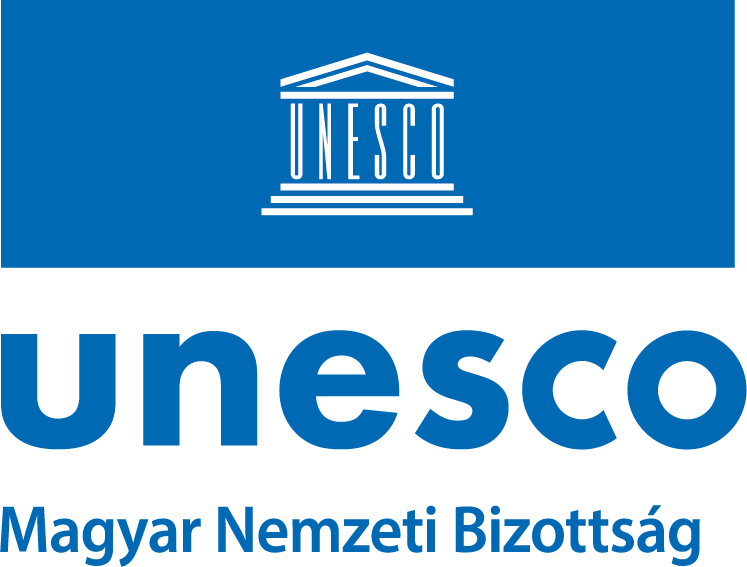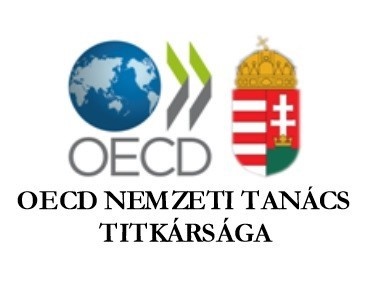OECD recognises government’s goals and results in the field of education
The OECD recognises the government’s goals and results in the field of education, Tamás Schanda, Parliamentary State Secretary of the Ministry for Innovation and Technology said on Tuesday in Budapest.
Outlining the Hungary-specific findings of the OECD publication “Education at a Glance,” he highlighted that the “internationalisation” of higher education is making good progress in Hungary. Between 2010 and 2017, the percentage of foreign students studying in Hungarian higher education institutions has doubled; it has increased from 5 per cent to 10 per cent. This is one of the highest expansions in OECD countries, it transpired. At the same time, the number of foreign students enrolling in master degree courses is now above 27 per cent, he said.
The positive trends of the past decade are likewise reflected in the fact that between 2008 and 2018 the percentage of degree-holders increased significantly: in the age group between 25 and 34 years, among women it increased from 28 per cent to 37 per cent, while among men from 20 per cent to 25 per cent, the State Secretary said. He also drew attention to the fact that the number of young people attending higher education had further increased; this year, 89,500 students gained admission which is 4,500 more than in the year before, and the highest number since 2014.
The Parliamentary State Secretary pointed out that the government’s objective is to enable young Hungarians to study at better and more competitive universities, to obtain valuable degrees, and in turn to stand their ground equally in life and on the labour market.
The economic results achieved have made possible the reinforcement of the system of higher education. The Hungarian GDP data shows a particularly high growth rate even by European standards: in the second quarter, the gross domestic product increased by 5.1 per cent which is four times higher than the average recorded in the European Union. The low-efficiency higher education system inherited in 2010 which had little to do with actual labour market needs had to be transformed, a job that has been completed since, Mr Schanda stressed, underlining that they have also managed to stabilise the operation of institutions.
Today the further improvement of the quality of education and research and the further strengthening of the international competitiveness of universities are among the most important tasks, he laid down.
The OECD’s report also supported the Hungarian government’s plans concerning vocational education, he added.
The report concludes that the percentage of those with vocational qualifications is low among persons with secondary qualifications, it is below 25 per cent, in contrast to the OECD’s 40 per cent. The fact that only every fourth person has such qualifications is something that needs improvement in the government’s opinion as well, given that this is a very important competitiveness factor, the Parliamentary State Secretary pointed out.
Mr Schanda highlighted that this year’s entrance data showed that vocational training is ever more popular, more and more young people are enrolling in this form of training.
He also said Hungarian students achieve very good results in international competitions.
He indicated that they wish to further develop vocational training; the Vocational Training 4.0 Strategy which has been developed together with market players and which seeks to create attractive career options, to ensure the availability of teachers with the latest knowledge, and to create an attractive learning environment serves that purpose. Jobs requiring vocational qualifications provide a stable and predictable living, and contribute to the further strengthening of Hungary’s economy.
Minister of State for Public Education Zoltán Maruzsa said the report recognises that nursery education has undergone major development in Hungary. This was the government’s goal when in 2015 they made nursery school attendance compulsory for children over the age of 3 years, he pointed out. He said today nursery school attendance is effectively full and comprehensive.
Mr Maruzsa also highlighted that the report showed: in Hungary 12 children fall on 1 teacher, in the EU the average is 15, while in OECD Member States it is 16.
According to the research, in primary and secondary education, the Hungarian teacher-student ratio is better than the OECD average which is 15, in contrast to Hungary where 11 students fall on one teacher.
The survey also examined the percentage of women, he added, highlighting that in Hungary the teaching career traditionally qualifies as a female occupation, and accordingly, the total percentage of women is 82 per cent.
The number of hours teachers are required to complete is also lower in Hungary than the OECD average; in Hungary, teachers are required to complete 648 hours on average, while the OECD average is 783. He highlighted that the main reason for this is the longer summer holiday season in Hungary.
The Minister of State for Public Education said the OECD publishes this survey every year, and it features mostly 2016-2017 data.
(Ministry of Innovation and Technology/MTI)


